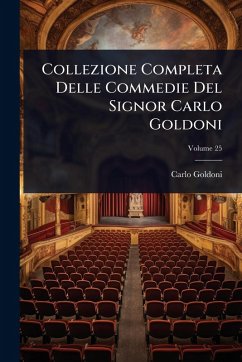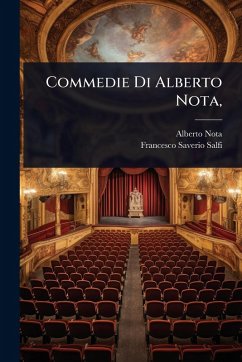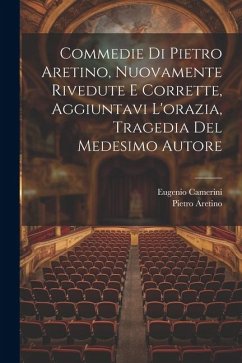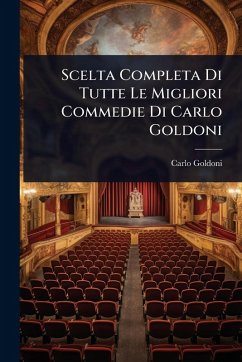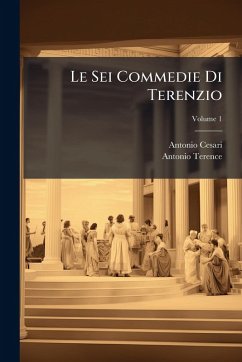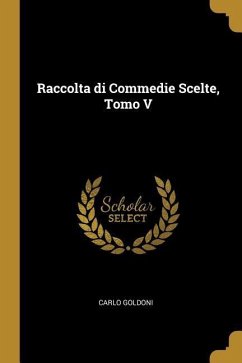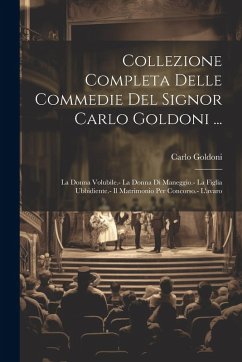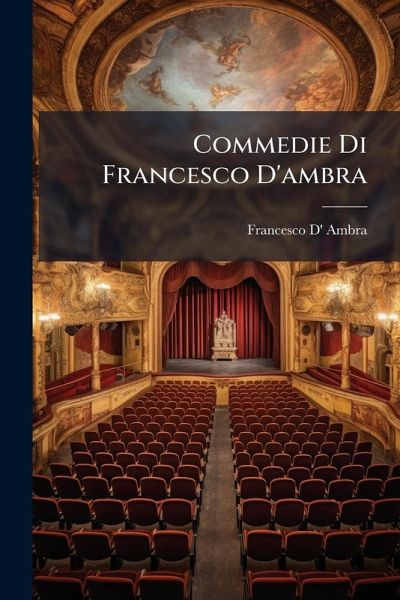
Commedie Di Francesco D'ambra

PAYBACK Punkte
12 °P sammeln!
This is a collection of comedies by Francesco D'Ambra, a prominent Italian playwright of the 19th century. The collection offers a glimpse into the comedic style and theatrical traditions of the era. These plays provide valuable insight into Italian society and culture during this period. D'Ambra's work is known for its wit, social commentary, and engaging characters. Readers interested in Italian literature, theater history, and 19th-century European drama will find this collection an enriching experience. "Commedie Di Francesco D'ambra" represents an important contribution to the Italian dra...
This is a collection of comedies by Francesco D'Ambra, a prominent Italian playwright of the 19th century. The collection offers a glimpse into the comedic style and theatrical traditions of the era. These plays provide valuable insight into Italian society and culture during this period. D'Ambra's work is known for its wit, social commentary, and engaging characters. Readers interested in Italian literature, theater history, and 19th-century European drama will find this collection an enriching experience. "Commedie Di Francesco D'ambra" represents an important contribution to the Italian dramatic canon and continues to be studied and appreciated for its historical and literary significance. This work has been selected by scholars as being culturally important, and is part of the knowledge base of civilization as we know it. This work was reproduced from the original artifact, and remains as true to the original work as possible. Therefore, you will see the original copyright references, library stamps (as most of these works have been housed in our most important libraries around the world), and other notations in the work. This work is in the public domain in the United States of America, and possibly other nations. Within the United States, you may freely copy and distribute this work, as no entity (individual or corporate) has a copyright on the body of the work. As a reproduction of a historical artifact, this work may contain missing or blurred pages, poor pictures, errant marks, etc. Scholars believe, and we concur, that this work is important enough to be preserved, reproduced, and made generally available to the public. We appreciate your support of the preservation process, and thank you for being an important part of keeping this knowledge alive and relevant.



